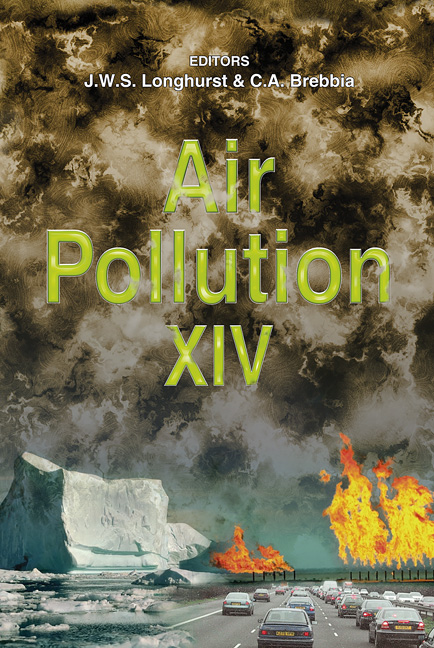An Analysis Of The Ionic Composition Of Irish Precipitation And Background Air Quality Since 1980 Based On Samples Collected At Valentia Observatory, Co. Kerry, Ireland
Price
Free (open access)
Transaction
Volume
86
Pages
9
Published
2006
Size
299 kb
Paper DOI
10.2495/AIR060541
Copyright
WIT Press
Author(s)
W. Bashir, 3, M. Ryan, L. Burke, F. McGovern & B. Paull
Abstract
This work has investigated the ionic composition of precipitation samples based on measuring Na+, K+, Mg2+, Ca2+, Cl-, SO4-S, NH4-N, NO3-N (mg/L) and the trends of SO2-S, SO4-S, and NO2-N (µg/m3) concentrations in air samples collected on a daily basis at Valentia Observatory, Cahirciveen, Co. Kerry, Ireland and analysed in the Met Éireann laboratory over the period 1980 - 2004. The time series of annual average SO2-S and SO4-S concentrations (µg/m3) for the air data shows a distinct downward trend. The NO2-N concentration (µg/m3) levels have remained relatively stable since measurements commenced in 1989. No such obvious trends are visible from the original precipitation data; however, by investigating the contribution of sea-salt sulphate to the total sulphate levels it is possible to conclude that the non-sea salt sulphate levels (i.e. anthropogenic contribution) have decreased since the measurements have commenced. The location of the site on the south west coast results in exposure to the Atlantic Ocean and this results in considerable contribution of ions from the sea that is clearly shown from the wind sector analysis of the precipitation samples for Na+, K+, Mg2+, Ca2+ and Cl-. The air data shows that the highest concentrations for the SO2-S and SO4-S and NO2-N are correlated with winds coming from an easterly and northeasterly direction (which is also confirmed from the non-sea salt sulphate levels for the precipitation results). The lowest concentrations were found for westerly directions. This has also been proven correct with the use of back trajectory analysis, which has allowed tracing the movement of air parcels using ECMWF analysis fields. Keywords: background air concentration, precipitation, sulphur dioxide, sulphate, nitrogen dioxide, calcium, magnesium, sodium, sea-salt sulphate, anthropogenic sources.
Keywords
background air concentration, precipitation, sulphur dioxide, sulphate, nitrogen dioxide, calcium, magnesium, sodium, sea-salt sulphate, anthropogenic sources.





